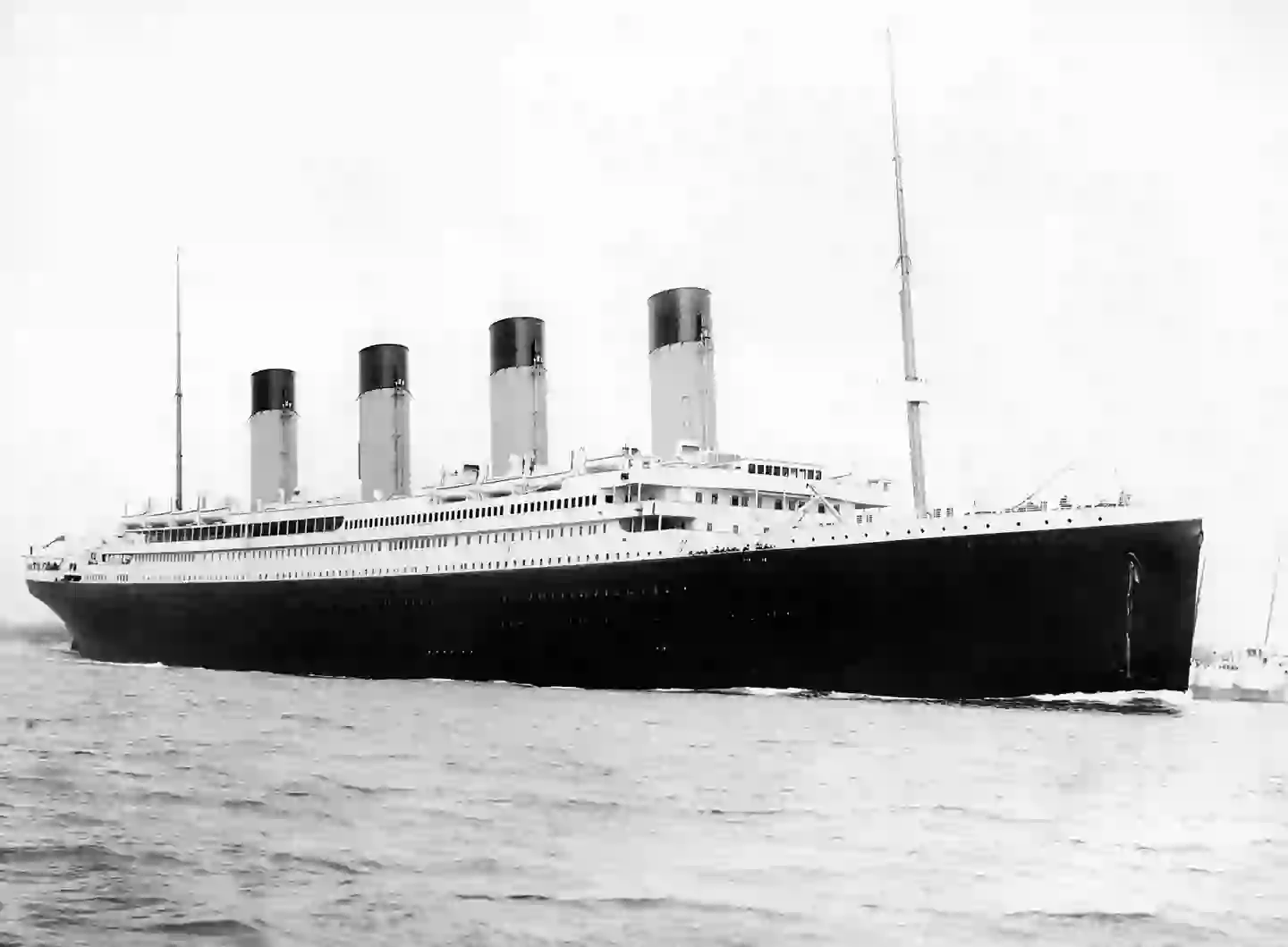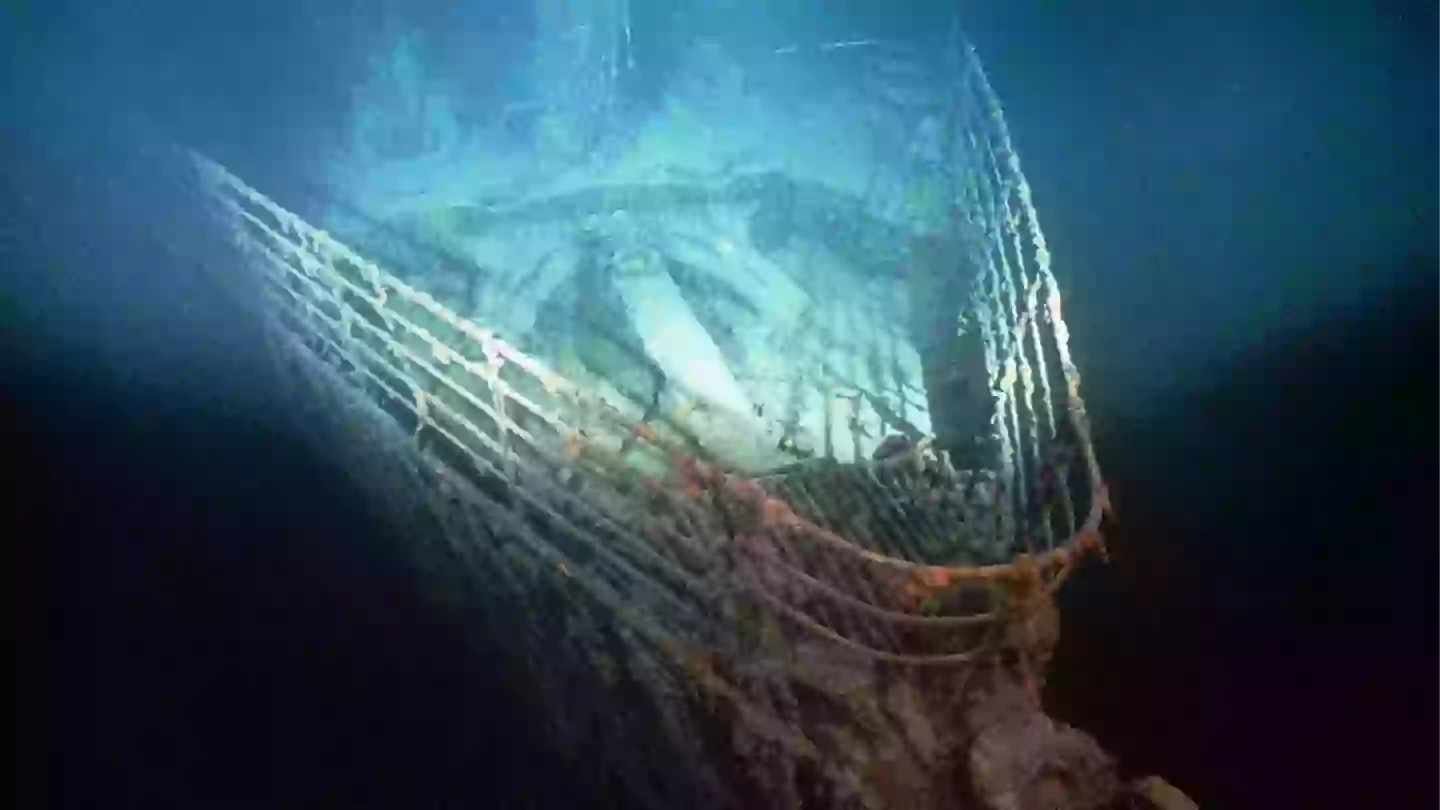The Titanic’s story continues to fascinate both historians and ocean explorers, despite the ship’s tragic sinking over a century ago. Since its discovery in 1985, many have attempted, and failed, to visit the wreck.
Fewer than 250 people have successfully explored the Titanic’s resting place in the North Atlantic Ocean. Among them is director James Cameron, who has made 33 successful dives to the site.
OceanGate, a company involved in Titanic exploration, made headlines when its Titan submersible tragically imploded en route to the wreck on June 18, 2023. The disaster claimed the lives of all five passengers on board. The vessel, controlled by a Logitech F710 video game controller, succumbed to the immense pressure of the deep ocean.
In addition to OceanGate CEO Stockton Rush, the passengers included 19-year-old Suleman Dawood, his father Shahzada Dawood, British businessman Hamish Harding, and former French navy diver Paul-Henri Nargeolet.
Netflix recently released a documentary titled “Titan: The OceanGate Submersible Disaster,” offering exclusive interviews with those involved in the submersible’s development and recounting the tragic last expedition and its consequences. The documentary quickly became a top hit on Netflix after its release on June 11.
Despite ongoing monitoring by deep-sea mapping companies, no human remains have been discovered at the Titanic wreck site. This is surprising given that over 1,500 lives were lost during the ship’s sinking.
James Cameron, in an interview with the New York Times, stated, “I’ve seen zero human remains… we’ve seen pairs of shoes, which would strongly suggest there was a body there at one point, but never the body itself.”
The Titanic lies at a depth of 3,800 meters in the Atlantic Ocean, where deep-sea bacteria contribute to the decomposition process, and even bones do not endure long in such conditions. Deep-sea explorer Robert Ballard, who discovered the Titanic wreck, explained, “The water in the deep sea is under saturated in calcium carbonate, which is mostly, you know, what bones are made of.”
Ballard elaborated, “For example, on the Titanic and on the Bismarck, those ships are below the calcium carbonate compensation depth, so once the critters eat their flesh and expose the bones, the bones dissolve.”

Back in 2012, Ballard speculated to the New York Times that “highly preserved bodies” might be discovered in the Titanic’s engine room, which is located deep within the ship. When asked about the potential number of bodies remaining, he said, “Dozens. Hundreds starts to feel uncomfortable. I know that lots landed on the bottom, because there are so many shoes.”
Zack D Films explored this possibility in one of his well-known simulations. The Titanic’s engine room is believed to be sealed off due to how the ship broke apart. The stern, where the engine room was located, collapsed as it sank, making exploration difficult.
Over time, the wreck has become more buried under sediment and debris. The Titanic’s construction included watertight bulkheads and doors that might have closed during the disaster, potentially isolating areas like the engine room.
These factors make exploration of the engine room challenging, and it remains largely inaccessible. Despite Ballard’s earlier comments, high-resolution mapping has yet to reveal any skeletal remains, only eerie artifacts such as shoes, watches, and a child’s doll head.

